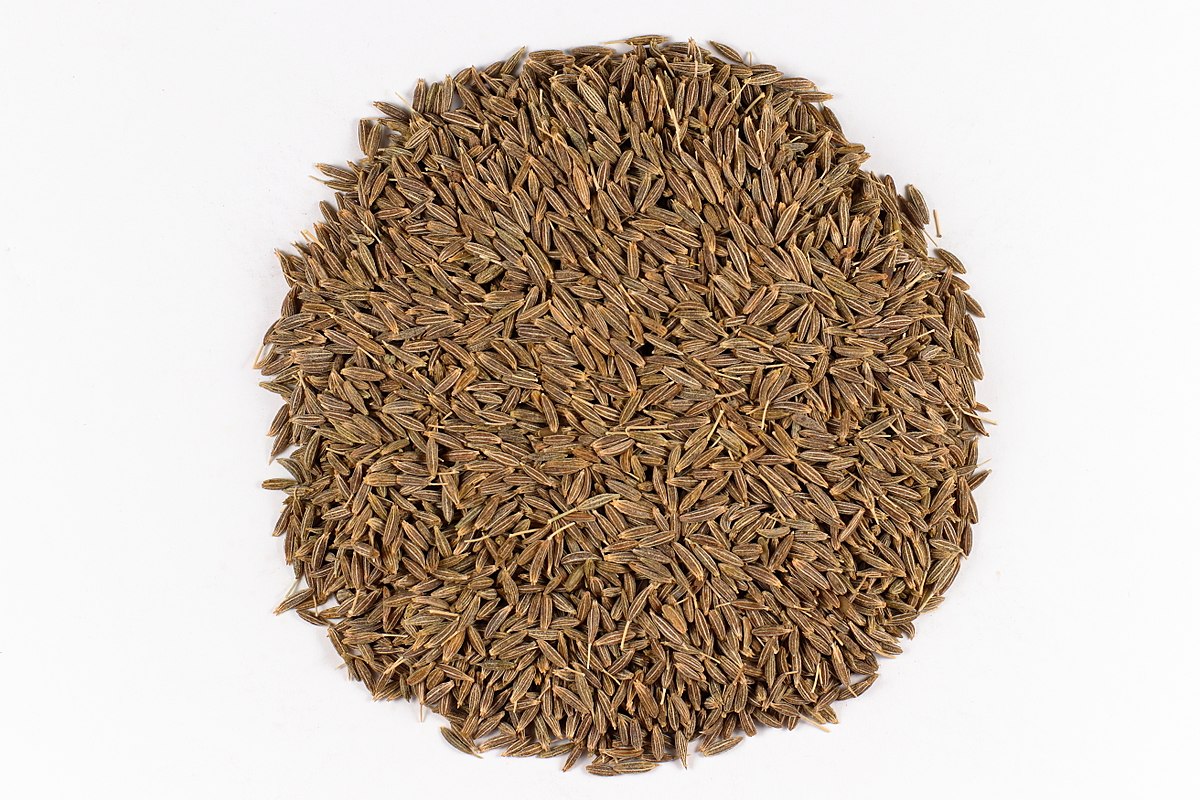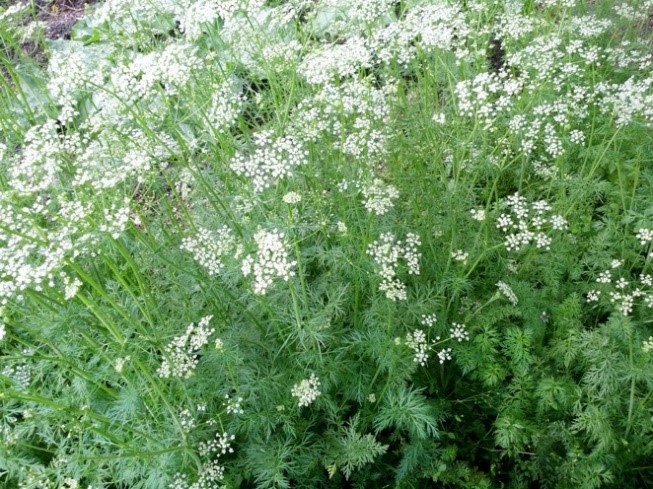The Ubiquitous Cumin
Cumin is a spice that has been around for a few thousand years. Also known as comino in Spanish, cumin is the dried seed of the herb Cuminum Cyminum, and is a member of the carrot or parsley family. It is said to have had its origins in the Levant in the Eastern Mediterranean region. Cumin seeds can also be traced to the second millennium BCE in Syria. In fact, the Greeks went to the extent of keeping Cumin at the dining table (just as we keep pepper today), and this tradition continues in Morocco to-date. The fact is that cumin is the second most popular spice (the first being pepper) in the world today. India produces about 70% of the world’s total supply of Cumin and consumes 90% of it! Undoubtedly, it’s a hot favourite in our country.
Cultivation
Cumin grows best in tropical and sub-tropical climates, with hot and long summers. In India, it is mainly grown as a Rabi crop in Gujarat and Rajasthan. A much-valued plant in the past, the cultivation of cumin goes back to about 4000 years.
Cumin has a bitter yet distinctive warm flavor which is enhanced on dry roasting. Interestingly, ground cumin is of a stronger flavour than whole seeds. Growing cumin is no tall order. Though a perennial plant, it, however, cannot withstand high levels of humidity and excessive rainfall. It is propagated throughs seed and has a very short vegetative season. The plant is usually about 15 to 50 cm high. It has a slender and smooth stem that is either grey or green in colour. The stem produces multiple branches that grow up to the same height. The aromatic seed-like fruit is elongated, ovoid and about 3 to 6 mm long. The outer surface of the seed has 8 ridges. The flowers are white or rose-coloured and grows in small umbels. The fruit is harvested about 120 days after planting and it is hand-harvested. Like most herbs, cumin is at its maximum height in the morning and hence should be harvested at this time. Once harvested, the seeds are dried. They are then cleaned, sorted, graded and then packed into sterilized sacks. Cumin is to be stored in absolutely dry and well-ventilated rooms.
Uses
Cumin, both in its dried and powdered form, is a staple in Indian recipes. Interestingly, whole cumin seeds should be added early in the recipe so that the spice has time to release its essence. The strong distinctive smell of Cumin is due to its essential oils. It is a quintessential spice in a variety of curry powders and garam masalas. However, cumin plays a much bigger role than just adding flavour to food. Cumin is boiled in water which can be consumed to ease digestion. The essential oils extracted from cumin are very good for health. They help in moderating blood sugar levels. In fact, it is a proven Ayurvedic solution for diabetes. Cumin seeds have anti-bacterial, anti-tumour and immunogenic (immunity boosting) properties. Certain substances in cumin facilitate the secretion of saliva and activate the intestinal enzymes, which facilitates overall digestion. Cumin seeds are also used in the treatment of poor appetite, heart disease, fever, diarrhoea, vomiting and oedema. A multi-faceted spice, cumin also has a relatively high content of iron and is a good source of manganese, calcium, vitamin B1 and phosphorus. If taken in high doses, cumin is said to facilitate weight loss. Cumin is believed to not only improve memory but also reduce stress. According to recent findings, the regular consumption of cumin not adds to your health, but also years to your life!
 Government of India
Government of India



































 Recognizing the ongoing need to position itself for the digital future, Indian Culture is an initiative by the Ministry of Culture. A platform that hosts data of cultural relevance from various repositories and institutions all over India.
Recognizing the ongoing need to position itself for the digital future, Indian Culture is an initiative by the Ministry of Culture. A platform that hosts data of cultural relevance from various repositories and institutions all over India.